
Announcement
FINAL | BUSINESS CASE - BCS 06
Business Adviser 1 Submission BCS 06
NMO 2020
PRODUCT STRATEGY FOR RAMLINGAM FOODS : INTERNATIONAL EXPANSION
Submission Date & Time : 2020-04-26 01:47:45
Submitted By: Amay agrawal - Business Adviser 1 From Team Sky
Assignment Taken
Formulate a product strategy for the chosen foreign marketCase Understanding
Ramlingam foods is company who have product line in the category of ready-to-eat food and ready to cook. Company has great experience in Indian market and Indian dishes. Now, they wants to go abroad and expand in only one region because of low capital of 50 cr. only. Ramlingam food has no experience In foreign market. So they hired a business consultancy company to take advice for international expansion. They have many varieties of product but don’t have an idea of shipping and international food market. Consultancy firm give a proper strategic international expansion plan to Ramlingam foodsBCS Solution Summary
This case is on the product strategy for international expansion of Ramlingam food. Our consultancy firm suggested a region (southeast Asia) in the five countries of southeast Asia (Singapore, Malaysia, Thailand, Indonesia, Myanmar). This hsolution have a PESTLE ANALYSIS of every country and we suggest them a product for a every country. We also mention the eating behavior of all five country so it can give a proper vision to expand.Solution
(NEXUS)
OUR CONSULTANCY(NEXUS SOLUTION) FIRM PROVIDES INTERNATIONAL EXPANSION STRATEGY TO RAMLINGAM FOODS
**SWOT analysis of Ramlingam foods:
Strength:
- Cleanliness & food quality
- Ensures to retain home aroma ,taste & flavor
- Different varieties of product
- Control on product manufacturing
Weakness:
- Many people think that readymade food is not good as the food which they prepare in home
- High requirement of working capital
- Lack of international operations
Opportunity:
- Opening of global market
- Indian food process industry accounts 32% of worlds total food market
- E-commerce platform : e-commerce growing at 150% growth
Threat:
- High inventory carrying cost
- High packaging cost
- Changing taste & preferences of the consumer
**TARGET MARKET FOR INTERNATIONAL EXPANSION
-Region: Southeast Asian Countries –
- Singapore: 5.1 lakh (9.1%)
- Myanmar: 29 lakh (5.3%)
- Indonesia: 2.3 lakh (0.1%)
- Thailand: 2.5 lakh (0.5%)
- Malaysia: 20 lakh (7%)
-Reason for selecting this region:
- Huge Indian Population: this Southeast Asian countries has huge population of Indian people where mentioned above.
- Free Trade agreement: India has free trade agreement with this countries under ASEAN. Total of twelve member countries in FTA among of this we chose 5 countries to target.
- Tourism: all this countries have beaches and more tourist places. They attract tourist from all over the world, this tourist can target to sell our product. This will also help from a base to entry in that market by making them aware of this product.
- Easy trade: as we seen earlier, India has FTA agreement with all this countries. It helps to reduce the cost export in these countries.
(asia)
-Target age group: 25 year to 40 year
-PORTER’s FIVE FORCES ANALYSIS
- Threat of new entrant: Ready-to-Mix Food Market: Segmentation Analysis Snack mix is expected to dominate during the application segment of the India ready-to-mix food market during the forecast period, accounting for almost 50% of the overall market share by 2020.
- Existing competitors: In India, MTR foods are competitor of Ramlingam foods. In Indonesia, INDOFOODS are competitor. In Myanmar, A&N foods. in Singapore, Prima Taste. In Thailand, Real Thai. In Malaysia, House Of Taste.
- Threat of substitute product: substitute products of the instant mix product will be home made foods and hotels & restaurants
- Bargaining power of supplier: in the case of Ramlingam foods bargaining power of the supplier is low because of bulk in purchase of raw material.
- Bargaining power of buyer: it would be moderate, in some cases it can bargain and in some case not able to bargain.
**Product strategy for international expansion
-Objective of Product Strategy:
- The main objective product strategy to provide new product plan for the region where we expand.
- Purpose of this advice is to provide clear vision on product differentiation.
-Unique selling proposition:
- Product quality
- Hygiene
- Healthy
-Introduce a new sub-brand for Southeast Asia
(healthofast)
We suggest to Ramlingam food that to make two category of product portfolio one is “GLOBAL PRODUCT LINE” (GPL) and next is “COUNTRY SPECIAL PRODUCT LINE” (CSPL).
**GLOBAL PRODUCT LINE (GPL)
GPL is range of product portfolio which consists of product which will sale all over the world where we expand. As of Now, we have 12 kinds of product line :
-Addition in GLOBAL PRODUCT LINE:
(corn soup) (hot & sour) (mix veg) (tomato soup)
|
|
PRODUCT CATEGORY |
QUANTITY PACK |
AVG. PRICE |
|
1. |
INSTANT HOT SOUP MIX |
200g |
Rs.49 |
|
2. |
INSTANT HOT SOUP MIX |
500g |
Rs.119 |
|
3. |
INSTANT HOT SOUP MIX |
1000g |
Rs.199 |
**COUNTRY SPECIAL PRODUCT LINE (CSPL)
CSPL is range of product portfolio which consists of product which are specially made for specific country.
1. Product strategy for Indonesia
**PESTLE analysis of Indonesia
Political factor: we have free trade agreement with Indonesia it helps in easy to trade.
Economic factor: according to the ministry of Indonesia, there expected growth in 9 to 10 % growth and food & beverages product was projected to reach 8 billion U.S. dollars this year.
Social factor: the demand for western food & processed, ready meals, frozen & processed food, healthy food, & fashion are continuously rising in Indonesia – Report
Technology factor: the government has unveiled a plan dubbed as the making Indonesia 4.0, to increase the use of technology to stimulate growth and industrial capacity in food & beverages sector
Legal factor: Indonesia has ministry name “HALAL”. Where we have to check our instant food mix quality and standards of HALAL.
Environmental factor: Indonesia is located across a chain of thousands of island between Asia & Australia
** Target market for Indonesia:
- 2.3 lakh Indians in Indonesia.
- Local resident of Indonesia.
**Eating behavior of Indonesian people-
Indonesians, apparently, are guilty of eating while doing activities. The survey discovered that 86 percent of Indonesian respondents engaged in such behavior. Eating while doing other things is not advisable as it can increase gastric acid, resulting in stomach problems.
**ADDITION IN PRODUCT LINE:
Sop kambing : sop kambing is a mutton soup from Indonesia, commonly found in Indonesian and Malaysian cuisine. It is prepared with goat meat, tomato, celery, spring onion, ginger, candlenut and lime leaf, its broth is yellowish in colour.
Sambal : Sambal is an Indonesian chili sauce or paste typically made from a mixture of a variety of chili peppers with secondary ingredients such as shrimp paste, garlic,
(sop kambing) (sambal)
2. Product strategy for Myanmar:
**PESTLE analysis of Myanmar
Political factor: We have free trade agreement with Myanmar it helps in easy to trade. Legal issues for food safety
Economic factor: In Myanmar, people spends on 51% of income on foods
Social factor: Consuming of ready to cook food rising because of work load. People don’t cook food on home
Technology factor: As increase technology, food safety quality machines will have more productive and efficient-Report.
Legal factor: For legal factor, Myanmar has health and safety law and national food law. This checks quality or standards of food.
Environmental factor: Weather & climate change plays big role in food industry of Myanmar. It effects directly to consumer behavior
** Target market for Myanmar:
- 29 lakh Indians in Myanmar.
- Local resident of Myanmar.
**Eating behavior of Myanmar’s people- The devout Burmese people strictly abide by the Buddhist customs. They only eat two meals a day, mainly eating rice, preferring to eat vegetables, eating less or not eating meat. Another large ethnic group in Myanmar is the Kachin, which has a certain gap with the Burmese in terms of food culture
**ADDITION IN PRODUCT LINE:
Burmese indly dosa batter : A dosa is a rice pancake, originating from South Asia, made from a fermented batter. ... Traditionally, dosas are served hot along with sambar and chutney. They can be consumed with idli podi as well.
Mohinga mix : Mohinga is a rice noodle and fish soup from Myanmar and is an essential part of Myanmar cuisine. It is considered by many to be the national dish of Myanmar.
(mohinga) (burmese dosa)
3. Product strategy for Malaysia:
**PESTLE analysis of Malaysia
Political factor: we have free trade agreement with Malaysia it helps in easy to trade. Legal issues for food safety
Economic factor: in Malaysia, people invest 31.2% of total disposable income in food
Social factor: one of the reason of spend less in food items is that Malaysia has low cost food items .
Technology factor: step towards improving the productivity growth of the Malaysian food industries will be to modernize the technology used by small-scale industries in order to improve the quality of the food industries products.
Legal factor: For legal factor, Malaysia has food safety standards to control the scamming in foods. And checks quality of foods
Environmental factor: a report says most of tourist will attract in Malaysia due to delicious food and dynamic places.
** Target market for Malaysia:
- 20 lakh Indian population in malaysia
- Local resident of Malaysia
**Eating behavior of Malaysian people- Eating-out is not a new phenomenon in Malaysia, but the changing life style in the urban areas has encouraged greater numbers of the urban population practicing eating-out. Both external forces in the urban environment and internal drive in homes resulted in current trend of behavior in food taking
**ADDITION IN PRODUCT LINE:
Nasi lemak: Nasi lemak is a Malay fragrant rice dish cooked in coconut milk and pandan leaf. It is commonly found in Malaysia, where it is considered the national dish; it is also the native dish in neighbouring areas
Roti canai: roti canai, also known as and roti prata, is an Indian-influenced flatbread dish found in several countries in Southeast Asia, including Malaysia
(nasi lemak) (roti canai)
4. Product strategy for Singapore:
**PESTLE analysis of Singapore
Political factor: We have free trade agreement with Singapore it helps in easy to trade. Legal issues for food safety
Economic factor: It is developing at a very fast pace. The country’s per-capita income is the highest in ASEAN. A corruption-free environment supports the business sector. It is among the most competitive countries. In Singapore, 24% of monthly budget spend on food
Social factor: in Singapore, There are many factors like social, cultural, political and economic aspects influenced the formation of the national food identity-report
Technology factor: Singapore is right on top of technological boom, of course, with robots and electronics taking over tasks like taking orders and serving food.Not forgetting technology that has helped produce more eco-friendly food, here are some futuristic ways Singapore’s food industry has changed for the better:
Legal factor: Singapore has lowest tax which is about 17% . and Singapore govt. have organization named Singapore Food Agency for checking of quality.
Environmental factor: Food contributes to 19–29% of global greenhouse gas (GHG) emissions. Singapore imports more than 90% of our food while the rest are produced locally. This has a significant effect on the food security of Singapore, which is susceptible to climate and natural resource risks if food supply is disrupted
** Target market for Singapore:
- 5.1 lakh Indians in Singapore.
- Local resident of Singapore.
**Eating behavior of Singaporean people- Grazing every two to three hours has become the norm in Singapore, said registered dietitian Ujjwala Baxi. Singaporeans are also fond of consuming drinks such as flavoured teas, milk teas and other high-sugar drinks on the go, she said.
**ADDITION IN PRODUCT LINE:
Satay marinade : Satay sate in Indonesian and Malay spelling, is a Southeast Asian dish of seasoned, skewered and grilled meat, served with a sauce.
Bak chor mee : which translates to minced meat noodles, is a Singaporean noodle dish popularly sold as street food in hawker centers and food courts.
(satay) (bak chor mee)
5. Product strategy for Thailand:
**PESTLE analysis of Thailand
Political factor: We have free trade agreement with Thailand it helps in easy to trade. Legal issues for food safety
Economic factor: in Thailand, average of population spends approx 30% of total income.
Social factor: A shift in the proportion of expenditure on food prepared at home and that expended on purchased, ready-to-eat food, in both rural and urban settings, gives another reflection of the change in food consumption of the Thai population.- Report
Technology factor: Thailand has consistently transformed its food industry over the past 60 years. Through the transfer of technology, perseverance and government support – to implementing international standards in production and packaging to ensure the highest level of safety and quality across the food chain.:
Legal factor: Food. In Thailand, the Food Act of B.E. 2522 (1979) is the major law aimed at protecting and preventing consumers from health hazards occurring from food consumption..
Environmental factor: Thailand's dramatic economic growth has caused numerous environmental issues. The country faces problems with air, declining wildlife populations, deforestation, soil erosion, water scarcity, and waste issues.
** Target market for Thailand:
- lakh Indians in Thailand.
- Local resident of Thailand.
**Eating behavior of Thailand people- food is one of the main reasons for choosing Thailand as a destination. Even more remarkable, however, is the locals' own love for food: Thais get just as excited as tourists when presented with a bowl of perfectly prepared noodles, or when seated at a renowned hawker stall.
**ADDITION IN PRODUCT LINE:
Massaman curry: Rich and tangy but not too spicy, Massaman is unusual amongst Thai curries in that it doesn't include curry leaves as part of the cooking process.
Pad thai rice noodles: Pad Thai is stir-fry dish made with rice noodles, shrimp, chicken, or tofu, peanuts, a scrambled egg and bean sprouts. The ingredients are sautéed together in a wok and tossed in a delicious pad thai sauce.
(pad thai) (massman curry)
*Ansoff matrix
(ansoff)
Market development: Ramlingam foods are in situation of market development . Ramlingam foods enter in the new market (Southeast Asia) with its existing product line (global product line).
Diversification: ramlingam foods diversifies its business in the 5 countries of Southeast Asia (Malaysia, Indonesia, Singapore, Thailand, Myanmar). With the country special product line by targeting local resident & Indian in these countries.
**management principles used in solution:
- Science is not rule of thumb (scientific management): all this suggestions in this solution are well analyzed. In this, none of a information are enter without practical knowledge.
- Scalar chain (general management) : we use proper chain wise expansion strategy to expand in new area. Every steps has its own standard operating procedure.
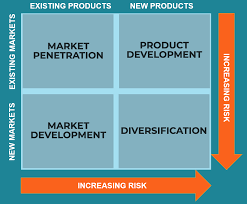

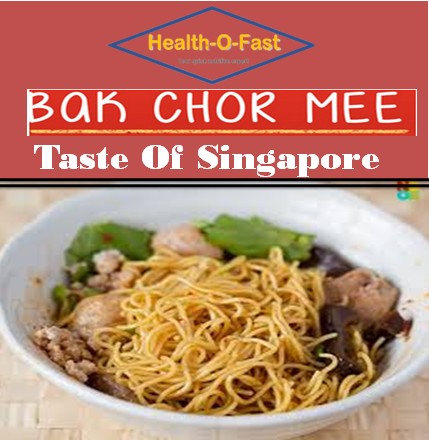
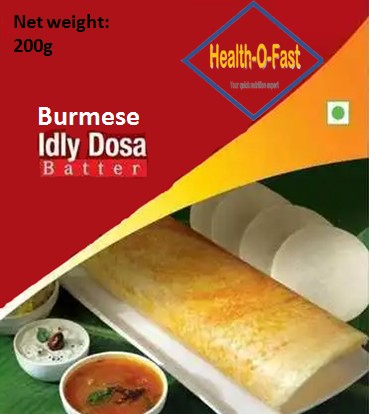
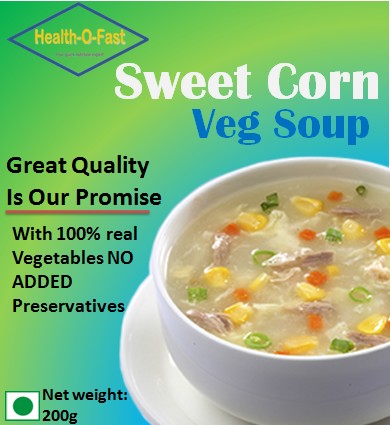

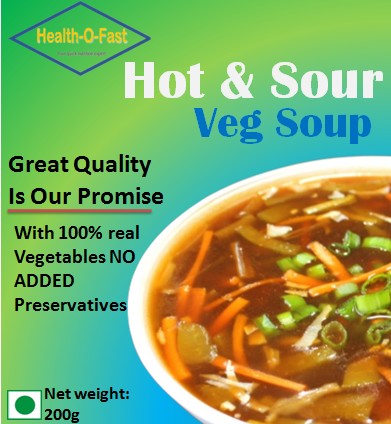
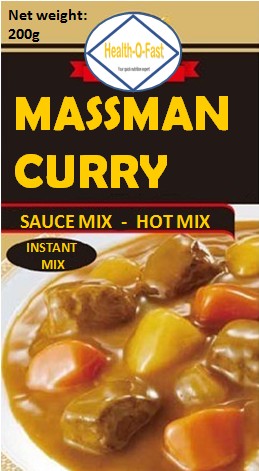
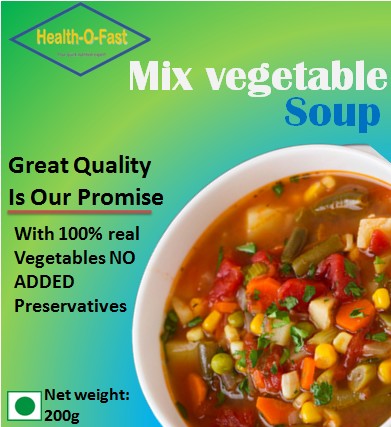
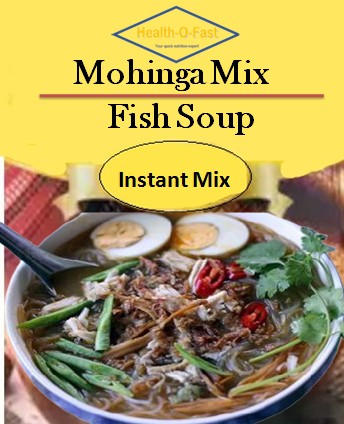
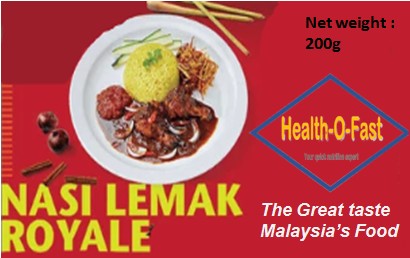


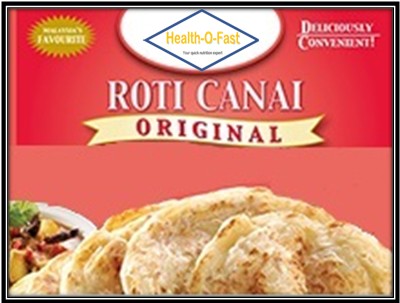
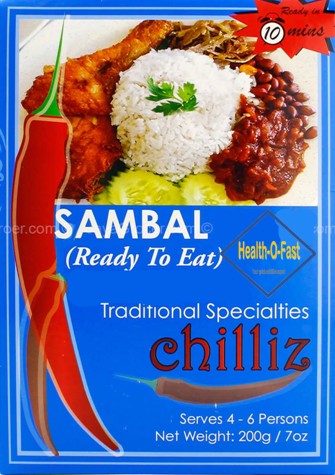
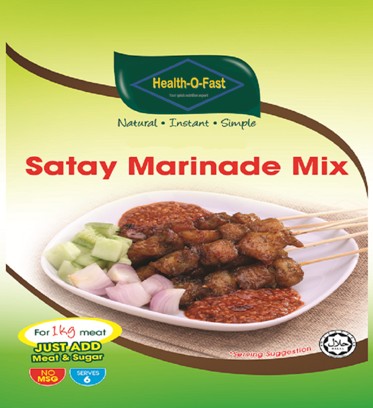
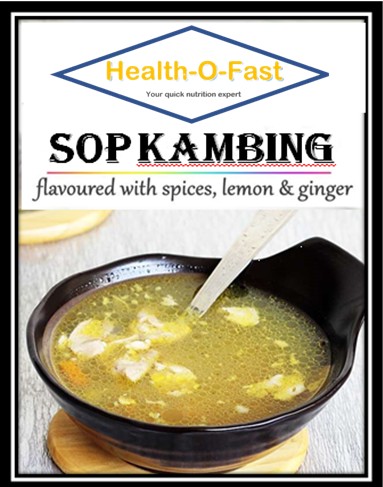
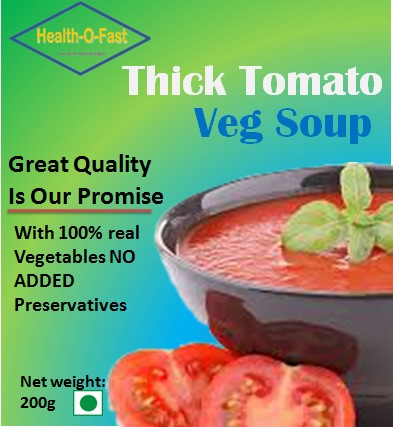
Conclusion
now, Ramlingam foods are ready to to enter in the international market. there are some point of conlusion of the solution 1. Ramlingam initially enter in the southeast Asia (Singapore, Malaysia, Thailand, Indonesia, Myanmar). 2. this solution have a eating behavior of every country, it gives clear vision why we chose this. 3. solution has SWOT analysis of the Ramlingam food 4. solution has reason why we expand in this countries 5.our company shows PESTLE analysis of all of the five country's food industry 6. solution has information about target market 7. ansoff matrix 8.management principles used in solutionAttached File Details
Explanation of need of your product in these countries and target market are well
Participant
Amay agrawal
,
Founder of freedmy.xyz
Team Sky BCS 06 Submission
Total Team Points: 63004.5
Team Air BCS 06 Submission
Total Team Points: 66715.5















